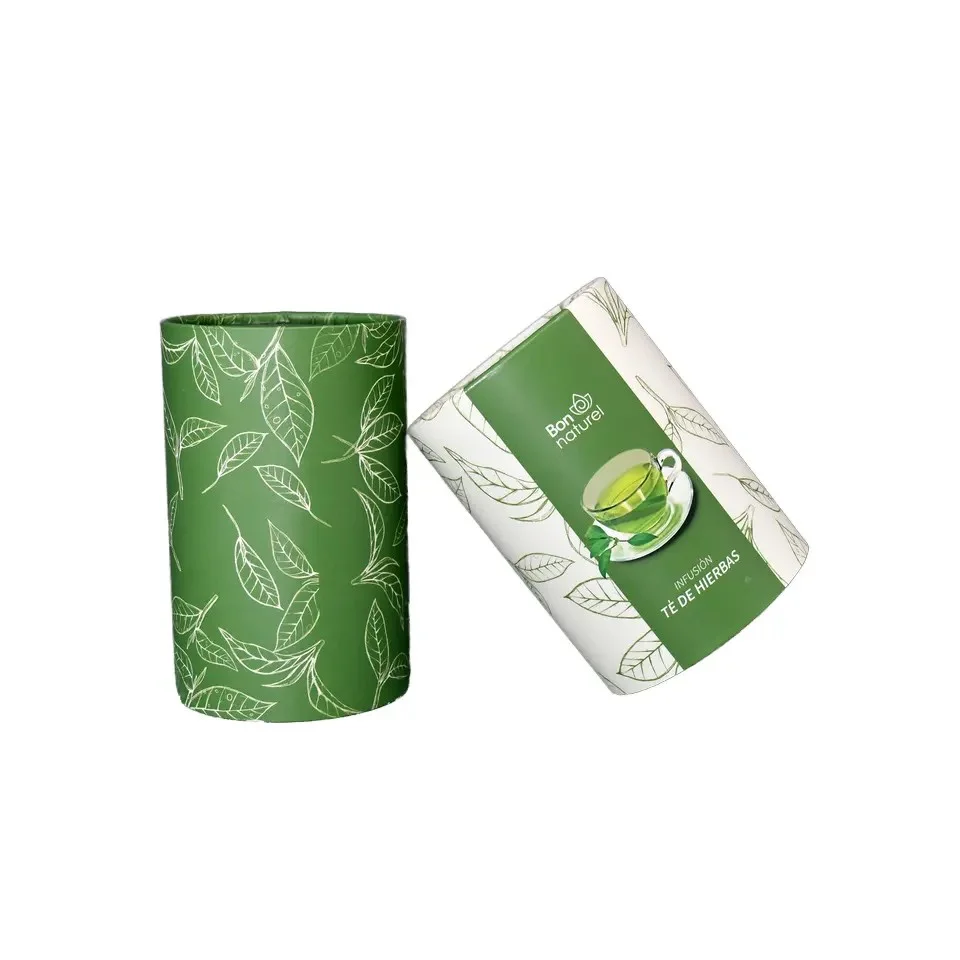In today's digital age, the ability to print in color is essential for both personal and professional tasks. Whether you’re preparing vibrant marketing materials, printing family photos, or creating educational resources, knowing how to change your printer settings to print in color can significantly enhance the quality of your output. This guide will walk you through the process of switching your printer to color mode, addressing common issues, and providing tips for optimal results.
Understanding Printer Settings
Before diving into the specifics of changing your printer to color mode, it’s crucial to understand the different types of printers and their settings. Most modern printers, including inkjet and laser printers, come equipped with the ability to print in both black and white and color. However, the default settings may vary based on the printer model and the operating system you are using.
Step-by-Step Guide to Change Printer Settings
- Accessing Printer Preferences
The first step in changing your printer to color mode is to access the printer preferences. This can typically be done through the following methods:
- Windows Users:
- Open the Control Panel and select Devices and Printers.
- Right-click on your printer and select Printer Preferences.
- Mac Users:
- Open System Preferences and select Printers & Scanners.
- Choose your printer from the list and click on Options & Supplies, then navigate to the Driver tab.
- Selecting Color Printing
Once you have accessed the printer preferences, look for the option that allows you to select the type of print. This is often found under a tab labeled Quality or Color.
- For Windows:
- In the printer preferences window, find the Color option. You may see choices such as Color, Grayscale, or Black and White. Select Color to enable color printing.
- For Mac:
- In the print dialog box, look for the Color dropdown menu. Choose Color to switch to color printing.
- Adjusting Additional Settings
Depending on your printing needs, you may want to adjust additional settings such as print quality and paper type. Higher quality settings may use more ink but will produce better results, especially for images and graphics.
- Print Quality: Choose High or Best for vibrant colors, particularly for photo printing.
- Paper Type: Select the appropriate paper type (e.g., glossy, matte) to ensure the best color reproduction.
Troubleshooting Common Issues
Even after changing your printer settings to color, you may encounter issues such as faded colors or the printer defaulting back to black and white. Here are some troubleshooting tips:
- Check Ink Levels: Ensure that your color ink cartridges are not empty or low. Most printers will not print in color if one or more cartridges are depleted.
- Update Printer Drivers: Outdated drivers can cause printing issues. Visit the manufacturer’s website to download the latest drivers for your printer model.
- Reset Printer Settings: If your printer continues to default to black and white, consider resetting the printer settings to factory defaults and reconfiguring them.
Tips for Optimal Color Printing
To achieve the best results when printing in color, consider the following tips:
- Use High-Quality Images: Ensure that the images you are printing are of high resolution. Low-resolution images can appear pixelated or blurry when printed.
- Calibrate Your Monitor: Color discrepancies can occur if your monitor is not calibrated. Use calibration tools to ensure that the colors you see on your screen match the printed output.
- Experiment with Color Profiles: Some printers allow you to select different color profiles. Experimenting with these can help you achieve the desired color output.
Conclusion
Changing your printer to print in color is a straightforward process that can significantly enhance the quality of your printed materials. By following the steps outlined in this guide, troubleshooting common issues, and implementing best practices for color printing, you can unlock the full potential of your printer. Whether for personal projects or professional presentations, mastering color printing will ensure that your documents stand out with vibrancy and clarity.


